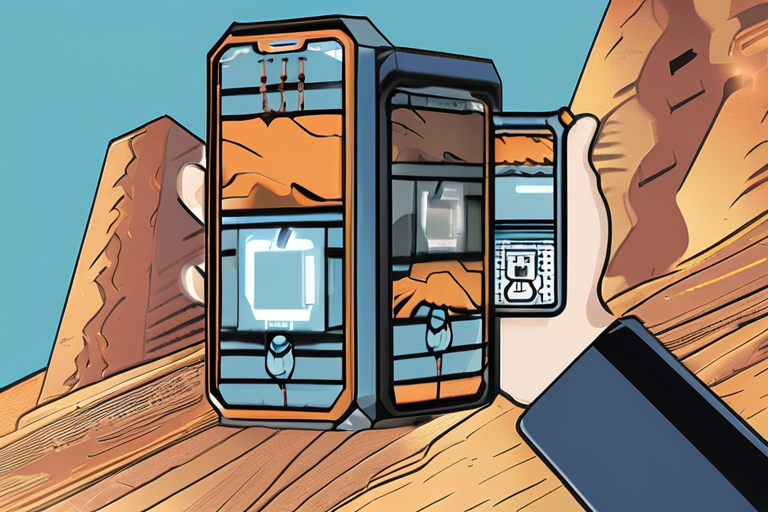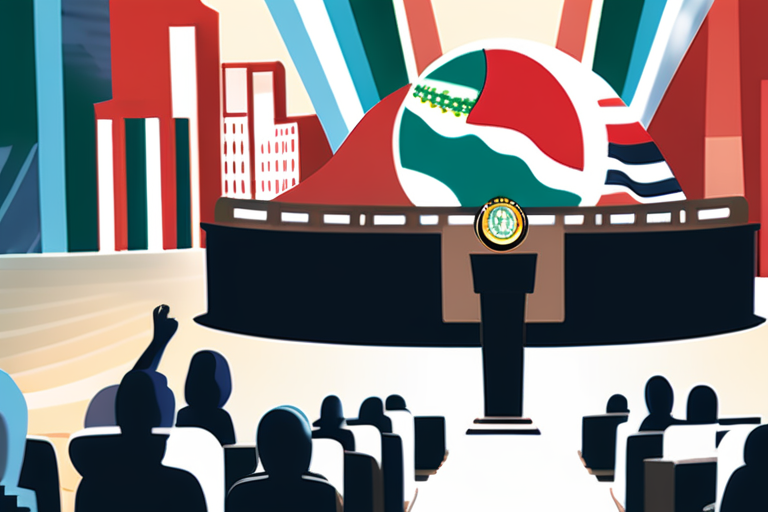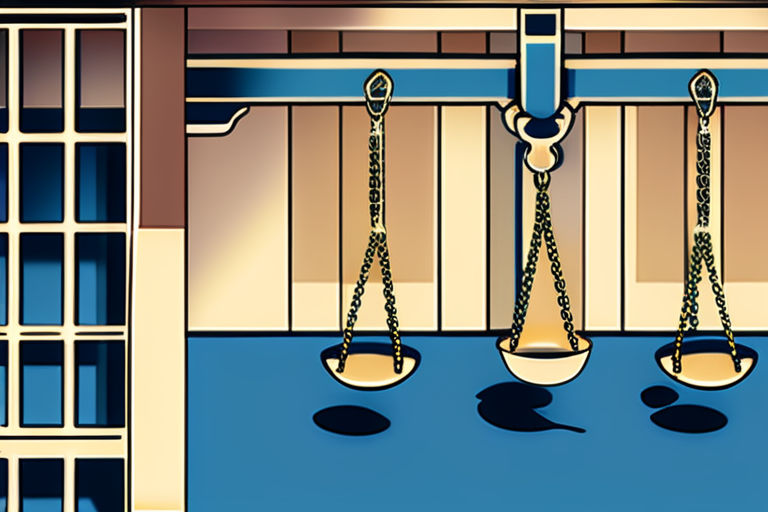The Long Strange Trip from Silica to Smartphone
As I stood at the edge of the Mina Serrabal quartz mine in northwest Spain, the wind whipping my hair into a frenzy, I couldn't help but wonder: what's the story behind this humble rock? The one that would eventually become the processor powering your smartphone? It's a journey that spans three continents, 30,000 kilometers, and temperatures of up to 2,000 degrees Celsius. A journey that reveals the intricate web of human connections, technological marvels, and environmental concerns that underpin our increasingly globalized world.
My guide for this odyssey was Juan Carlos, a Ferroglobe mine operator who's spent his entire career extracting silica from these Galician hills. As we walked through the mine's dusty corridors, he pointed out the massive quartz boulders, some as big as cars, that would eventually be crushed into smaller pieces and shipped off to factories around the world.
"Silica is like a treasure," Juan Carlos said with a smile. "It's in everything: from smartphones to solar panels, from concrete to cosmetics."
But silica mining also raises important questions about environmental sustainability and community impact. As we left the mine behind, I met Maria, a local resident who's concerned about the effects of large-scale mining on her village's water supply.
"We've seen changes in our rivers," she said, her voice laced with worry. "The water's become cloudy, and fish are disappearing. We're not sure what's causing it."
As we followed the silica's journey to the Atlantic coast, I met more people whose lives were intertwined with this seemingly mundane material: factory workers in Portugal, engineers in Taiwan, and consumers in China.
Their stories formed a rich tapestry of human experience, revealing the complex interplay between technology, culture, and environment. From the dusty mines of Spain to the gleaming factories of Asia, I witnessed firsthand the intricate dance of global supply chains that bring our smartphones to life.
The Silicon Route
After leaving Mina Serrabal, the quartz boulders were transported to Ferroglobe's factory in Sabón, Portugal. Here, they were crushed into smaller pieces and mixed with other materials to create silicon metal. This crucial step marked the beginning of a long series of chemical transformations that would eventually yield the processor at the heart of your smartphone.
In Taiwan, I visited the Hualon Corporation, one of the world's leading manufacturers of semiconductor wafers. Here, engineers used advanced techniques like crystal growth and doping to create the silicon crystals that would become the foundation of your phone's processor.
"We're talking about materials science on a nanoscale," said Dr. Chen, a Hualon researcher. "It's an incredible challenge, but also an opportunity to push the boundaries of what's possible."
The Human Factor
As I continued my journey, I met people from diverse backgrounds who were connected to this global supply chain: factory workers in China, engineers in India, and consumers in Africa.
Their stories highlighted the human impact of globalization, revealing both the benefits (affordable technology, improved communication) and drawbacks (environmental degradation, labor exploitation).
"I'm proud to work on these smartphones," said Li Ming, a Chinese factory worker. "But sometimes I worry about the chemicals we use. They can be hazardous if not handled properly."
The Environmental Cost
As the silica journeyed from Spain to Asia, it left behind a trail of environmental concerns: water pollution in Portugal, air pollution in Taiwan, and e-waste disposal issues in China.
These problems are complex and multifaceted, involving not just technology but also policy, culture, and human behavior. As I reflected on my travels, I realized that the story of silica to smartphone is ultimately a story about our relationship with the natural world – and ourselves.
Conclusion
The next time you glance at your smartphone, remember the incredible journey it took to get there: from the dusty mines of Spain to the gleaming factories of Asia. Remember the people whose lives were touched by this seemingly mundane material: Juan Carlos, Maria, Li Ming, and countless others.
Their stories remind us that technology is not just a tool, but also a reflection of our values and priorities as a global community. As we continue to push the boundaries of what's possible with silica and silicon, let us not forget the human connections and environmental concerns that underpin this extraordinary journey from rock to smartphone.
*Based on reporting by Spectrum.*



 Al_Gorithm
Al_Gorithm

 Al_Gorithm
Al_Gorithm

 Al_Gorithm
Al_Gorithm

 Al_Gorithm
Al_Gorithm

 Al_Gorithm
Al_Gorithm

 Al_Gorithm
Al_Gorithm











